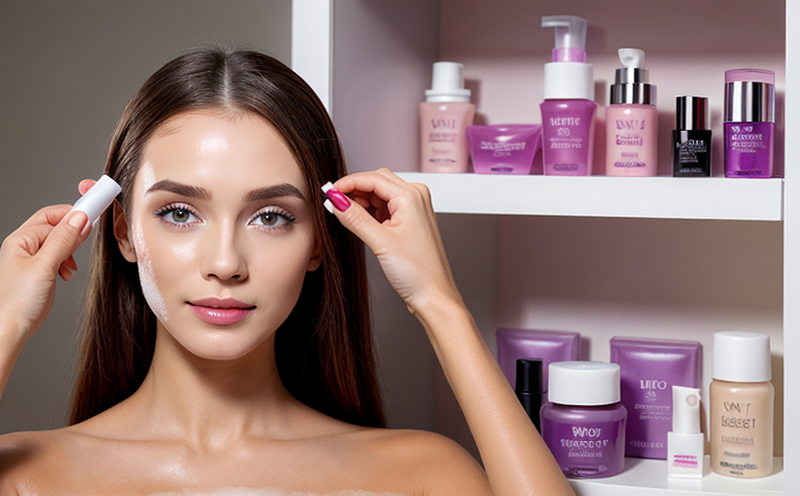UVA Protection Testing in Sunscreen Formulations
In consumer products and product safety testing, ensuring effective UVA protection is crucial. The sun’s ultraviolet (UV) radiation consists of both UVB and UVA rays. While UVB causes sunburns, UVA penetrates deeper into the skin, contributing to photoaging, premature aging, and increased risk of skin cancer. Therefore, formulating sunscreens that provide robust UVA protection is essential.
UVA protection in sunscreen formulations is primarily determined by their ability to absorb or scatter UVA radiation. This can be achieved through the use of specific ingredients such as avobenzone, oxybenzone, octocrylene, and zinc oxide. The effectiveness of these ingredients is tested under controlled conditions that mimic real-world exposure.
Testing for UVA protection involves exposing a sample to standardized UVA radiation sources while measuring the amount of radiation absorbed by the sunscreen. This measurement indicates how well the sunscreen can block harmful UVA rays from reaching the skin. The testing process ensures that sunscreens meet regulatory requirements and provide safe, effective protection against UVA-induced damage.
The importance of thorough UVA protection testing cannot be overstated. Consumers expect sunscreens to protect them not just from immediate burning but also from long-term skin aging. Regulatory bodies such as the US FDA, EU Cosmetics Directive, and international standards like ISO 21362 mandate specific tests for UVA protection.
Our laboratory uses advanced instrumentation and methodologies to ensure precise and reliable testing of sunscreen formulations' UVA protection. From initial sample preparation to final analysis, our team follows stringent protocols that align with global regulatory guidelines. This ensures that the results are accurate and reproducible, providing you with confidence in your product's safety and efficacy.
Understanding the real-world application of these tests is equally important. For instance, the SPF (Sun Protection Factor) rating measures UVB protection, while UVA protection is assessed separately using different methods. Our testing process ensures that both components work synergistically to provide comprehensive sun protection.
The following sections will delve deeper into the standards we adhere to, the benefits of our testing services, how this service can give you a competitive edge in your market, and frequently asked questions regarding UVA protection testing.
Applied Standards
| Standard | Description |
|---|---|
| ISO 21362:2019 | Performance requirements and test methods for sun protection products. |
| ASTM D7842-15 | Standard practice for photostability testing of cosmetic products intended to be exposed to sunlight. |
Benefits
- Compliance with international regulatory requirements
- Protection of your brand's reputation and consumer trust
- Potential to enter new markets that require stringent UVA protection standards
- Enhanced product safety, reducing the risk of skin damage and complaints
- Increased market competitiveness by offering superior sun protection solutions
Competitive Advantage and Market Impact
In today's competitive consumer products market, providing robust UVA protection is not just a regulatory requirement but also a key differentiator. Consumers are increasingly aware of the long-term effects of sun exposure on their skin health. By investing in thorough UVA protection testing, you can ensure that your sunscreen formulations meet or exceed global standards.
Our comprehensive testing services provide more than mere compliance; they offer data-driven insights into how well your products perform under real-world conditions. This information is invaluable for refining product formulas and enhancing overall skin care solutions. By integrating these results into your R&D processes, you can innovate faster and stay ahead of market trends.
Moreover, our testing services help you avoid costly recalls and legal issues by identifying potential safety concerns early in the development process. This proactive approach not only protects your brand but also sets a positive image in the eyes of consumers who value safe and effective products.





